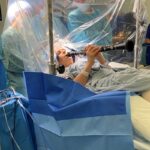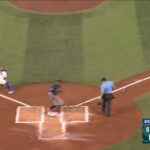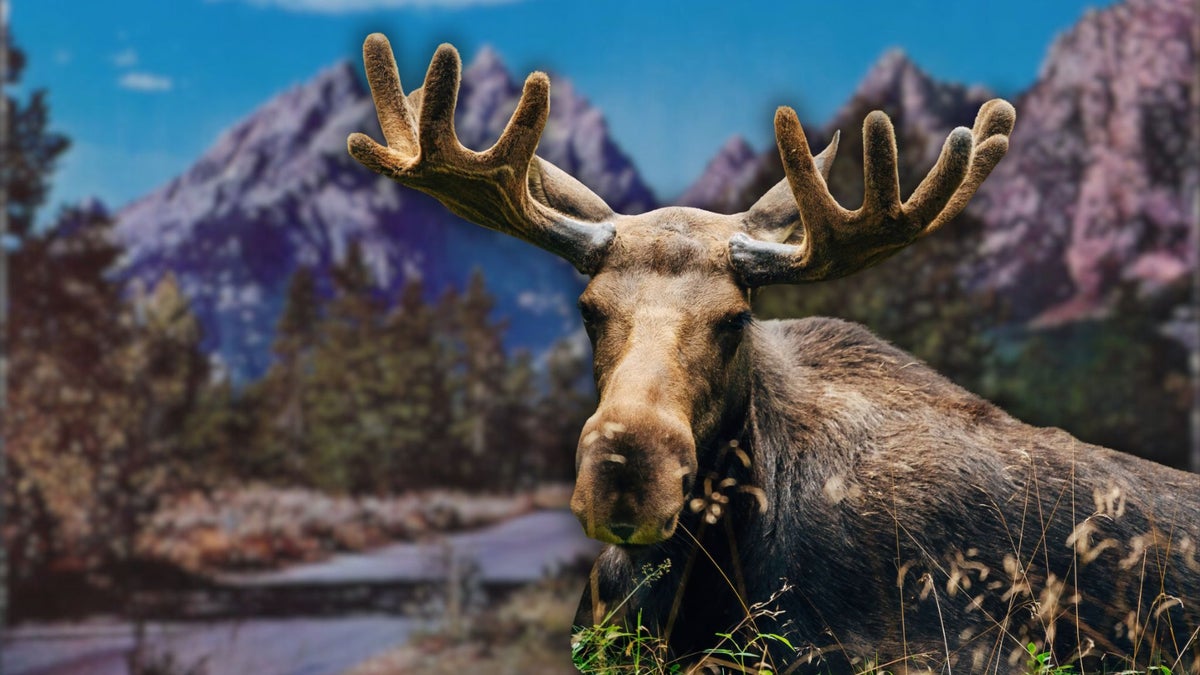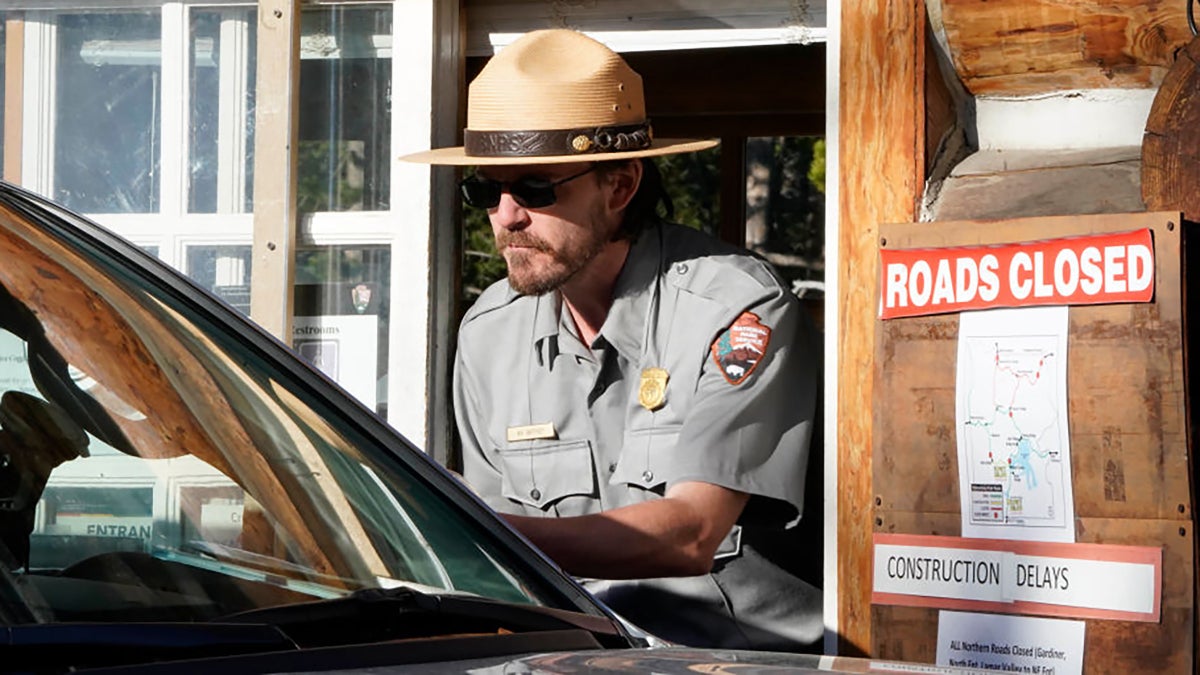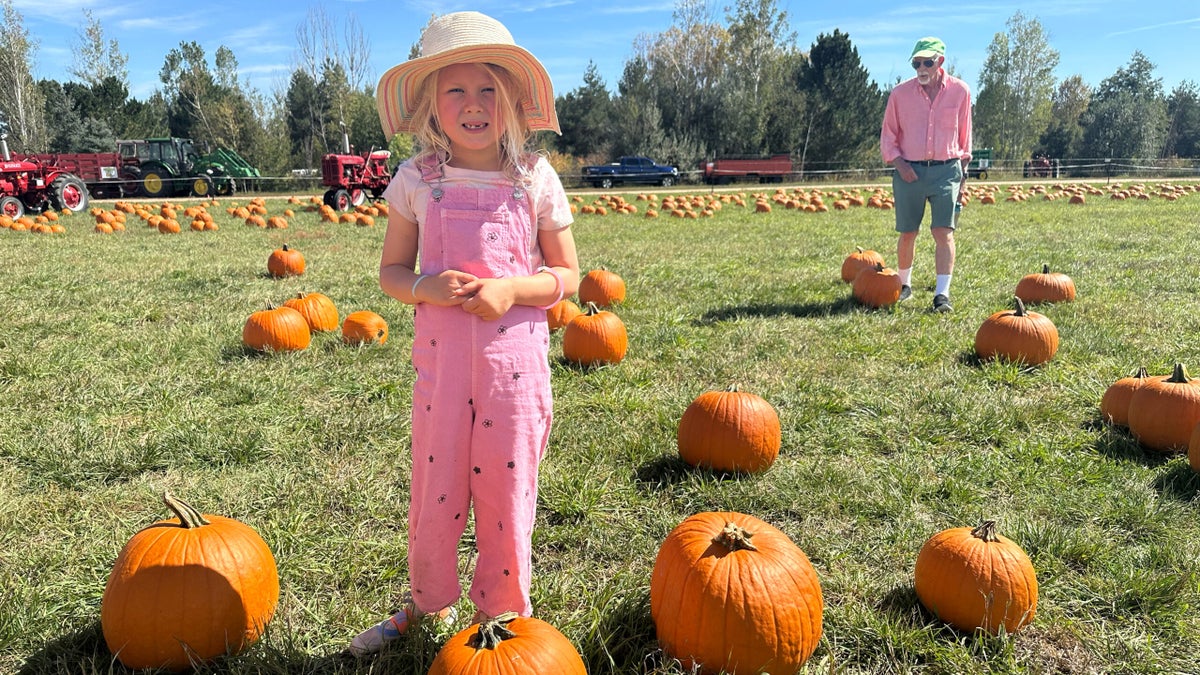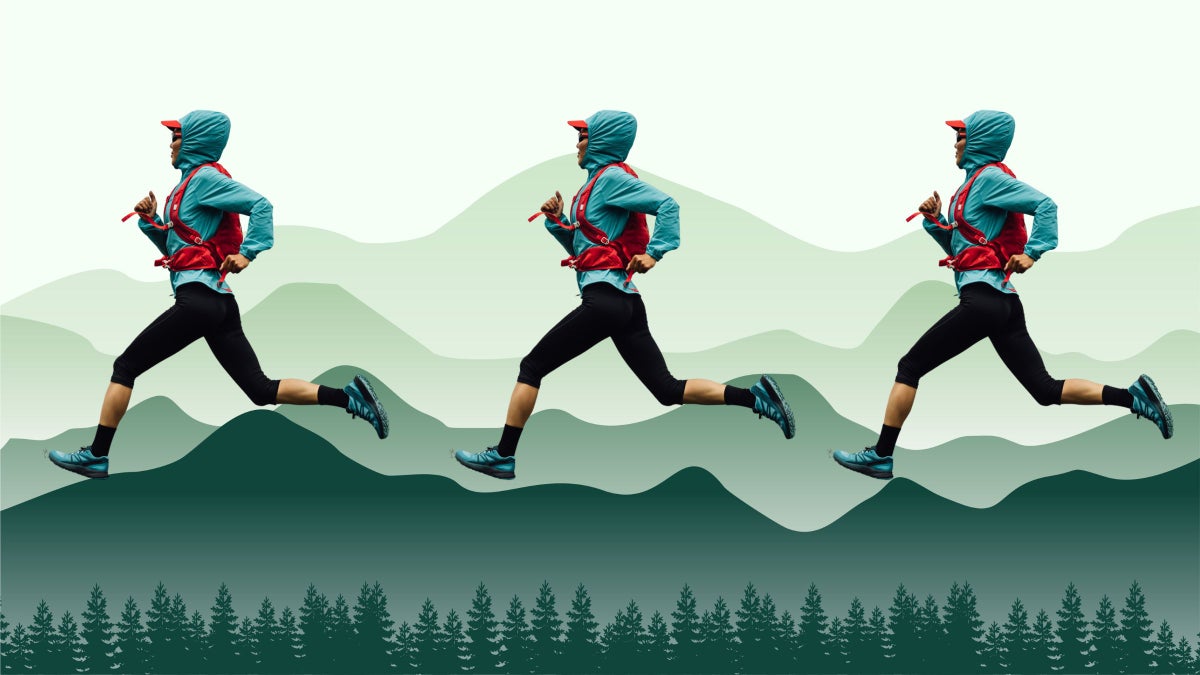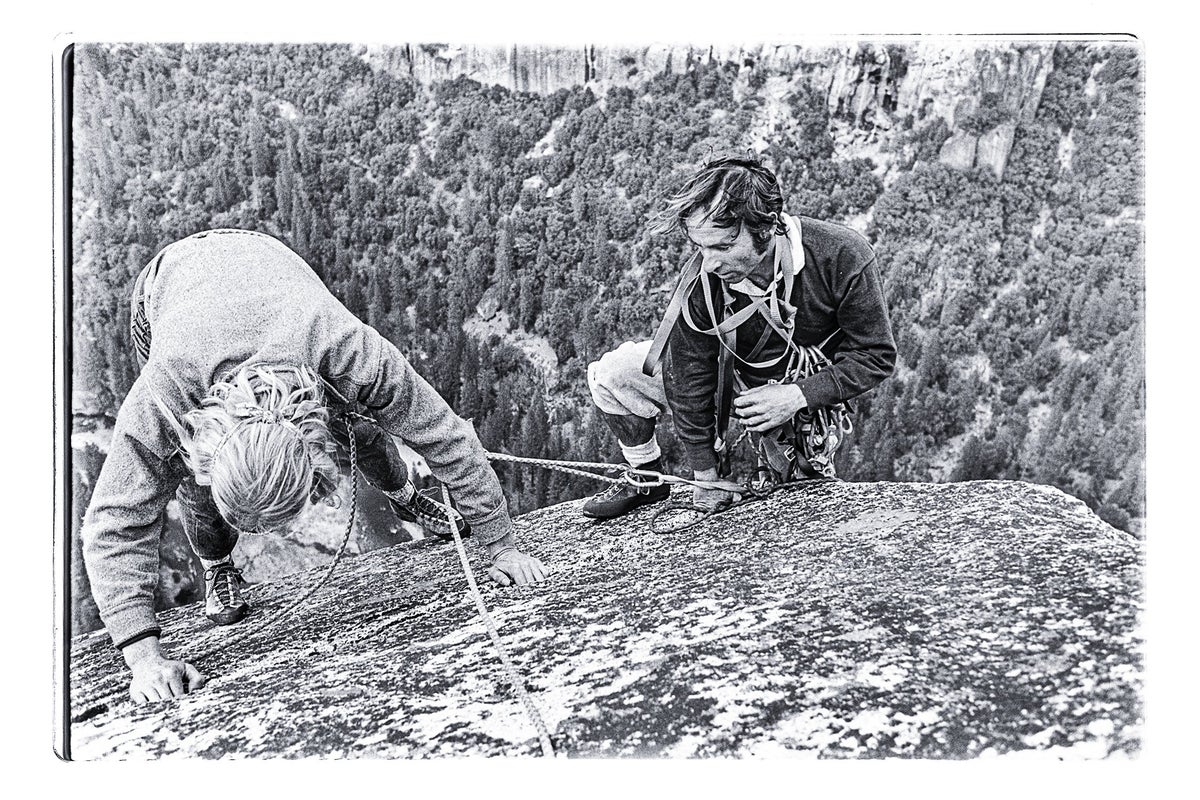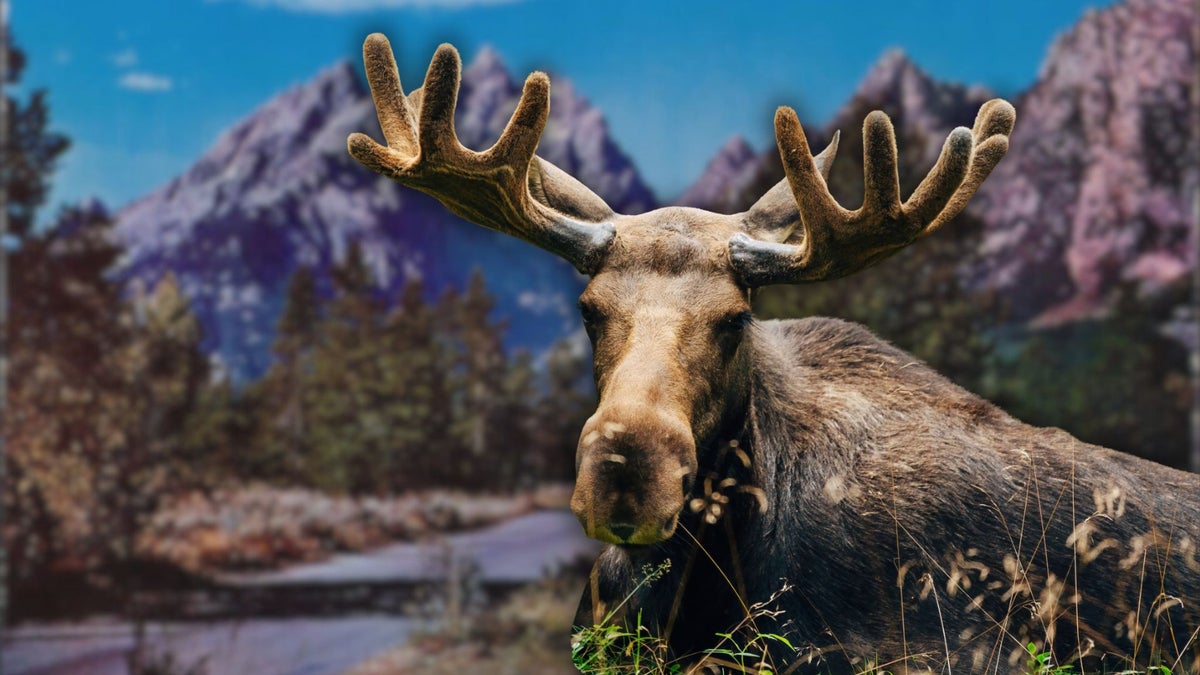
An unprecedented spike in moose-vehicle collisions has occurred along a single one-mile stretch of highway outside Jackson, Wyoming, roughly five miles from Grand Teton National Park. Six separate incidents have been reported in the past five months, an uptick from the usual three or four collisions annually reported in years past.
The moose mating, or “rutting,” season usually runs from the end of August to mid-October, a period that naturally leads to more moose encounters as the animals are more active, aggressive, and less cautious.
This abnormal crash rate was reported by Buckrail and Jackson Hole News and Guide.
Over the past ten years, between three and four moose-vehicle collisions have been reported annually along Highway 390, the Jackson Hole Wildlife Foundation (JHWF) said in a statement. The six crashes in a single one-mile stretch so far in 2025—all but one of which have been fatal to the moose, are “totally unprecedented,” Renee Seidle, JHWF executive director, told Jackson Hole News and Guide. Four of these collisions even ccurred at the same intersection.
“For me in my tenure that I’ve been here, I’ve not seen anything like this at that one spot on the Village Road,” Seidler said.
A 2022 Nature Conservancy report found that between 2016 and 2020, an average of 69 moose per year were struck by cars in Wyoming, and “an average of 21 big-game animals are killed by vehicles per day.” Recently constructed wildlife crossings seem to be having an impact in some stretches of the highway, but Seidler counters “dense development and access roads on WY390 make it challenging to create effective mitigation solutions” in the area.
Speed is often a factor in moose-vehicle collisions. However, in the two most recent incidents, which involved public buses instead, highway patrol determined that the bus operators were driving under the speed limit and were not at fault.
“The operator goes through a lot, I’ll tell you,” Mike Toronto, executive director of Wyoming’s Southern Teton Area Rapid Transit, told Jackson Hole News and Guide. “The operator in the last accident broke down sobbing because of it. Part of it is the shock, part is the fact that he knows he killed an animal, not intentionally.”
It’s unclear if buses or cars are more likely to hit animals crossing. Buses are larger, less capable of swerving, and take longer to brake, but bus drivers are also far more likely to drive cautiously and avoid speeding, said Toronto.
Buses also house far more passengers, which means fewer cars on the road. The bus in the latest incident was carrying four passengers, so “if we weren’t running buses, we could have had four additional vehicles on the road,” Toronto explained. “With more moving vehicles, there’s a higher probability of hitting an animal.”
According to Seidler, the early fall is the worst time for animal-vehicle collisions in Wyoming for several reasons. Animals at this time are moving for migration, and they’re distracted by breeding and hunting season. The upcoming end of Daylight Saving Time on November 2 means commuters will begin driving to and from work an hour later, and it will be darker during evening commutes. (Both of the bus-moose collisions occurred in the dark, one at dawn, another at dusk.) Studies have also found a link between animal-vehicle collisions and the end of daylight saving time. For instance, in 2022, researchers determined that collisions with deer increase by 16 percent the week following the autumnal clock change.
JHWF shared a list of tips to help drivers avoid moose and other large animals, which includes avoiding the use of a cell phone while driving and maintaining the posted speed limit. After an animal crosses the road, keep your eyes peeled for others who are likely to be following. Drivers should keep an eye out for signs of wildlife habitat, such as “creeks, streams and other waterways passing under or along the road,” because animals will often attempt to cross at these locations.
If you do spot wildlife near the road, even if it isn’t attempting to cross, JHWF recommends reducing speed and flashing your hazard lights to warn drivers behind you, in case the animal darts across the road and you need to brake suddenly.
The post An Abnormal Number of Moose Have Been Struck By Cars Near Grand Teton National Park. Experts Are Miffed. appeared first on Outside Online.

